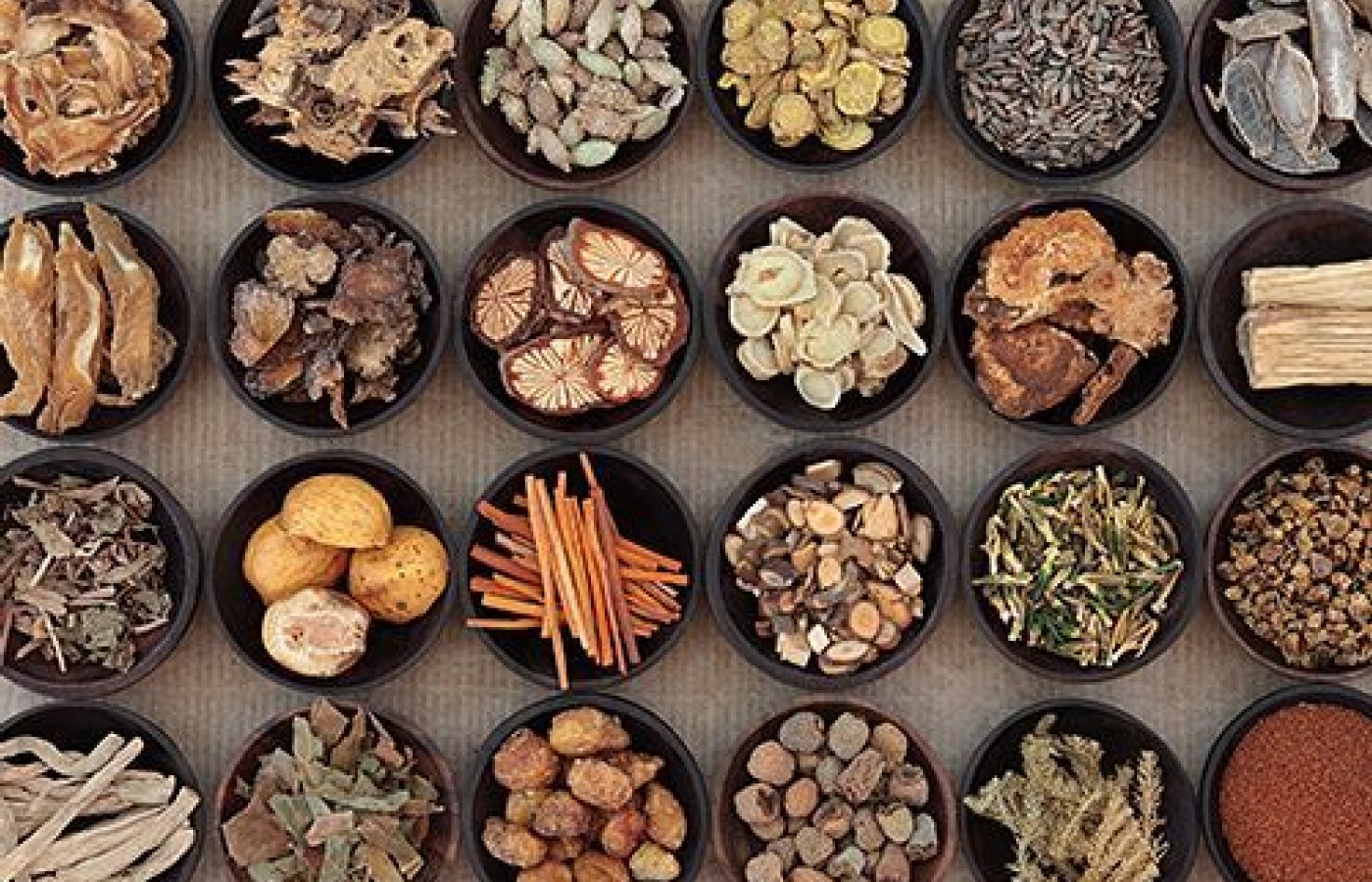Whether you accept it, avoid it or live somewhere in between, insurance coverage has become a defining issue for our profession. Patients increasingly expect to use their benefits, practitioners want to be compensated fairly for their time and expertise, and the system itself remains – at best – fragmented. The encouraging news is that coverage has expanded in meaningful ways. The challenging news is that reimbursement, across the board, remains inadequate.
Flexible Thinking: A Clinical Case Study Using Herbal Medicine
The following is a case study that reveals important ways clinicians can remain true to the fundamental ideas of traditional Chinese medicine while keeping clinical perception flexible. The patient is a 32-year-old female presenting with fatigue and chronic, low-grade headaches. She experienced painful breast pre-menses and jaw pain, and often craved sweets. Her tongue was pale with red, inflamed sides, with minor cracks in the tongue body; pulse was wiry and fast. Despite these symptoms, the patient pursues an active lifestyle, with an extremely positive state of mind and no digestive issues.
Pattern Diagnosis & Initial Prescription: Xiao Yao San
Besides the red, swollen sides of her tongue, the patient expressed no signs of heat; rather, she complained of being "easily cold." Overall, her sleep was deep and satisfactory. The pattern differentiation I settled upon was liver / spleen disharmony, which basically entails liver depression qi stagnation in conjunction with spleen qi vacuity.

Although the patient showed signs of heat via the tongue and pulse, she was sleeping soundly and clearly expressed that she was not experiencing any subjective signs of heat. Therefore, I decided to prescribe the classic TCM patent medicine Xiao Yao San, which soothes the liver, moves liver blood, harmonizes liver and spleen, tonifies spleen qi, and tonifies blood.
In my clinical opinion, despite cracks in the tongue, the main issue was liver / spleen disharmony, rather than an issue of underlying yin vacuity. Tonifying spleen qi and nourishing blood is also easier to accomplish that nourishing yin; therefore, I expected faster clinical results with this approach.
Two days after taking Xiao Yao San, the patient experienced a dramatic improvement in energy and overall mood. After one week on the patent medicine, her energy and mood remained high and there was a complete cessation of headaches. After three weeks on Xiao Yao San, energy remained high, jaw pain stopped, and headaches had completely resolved. Tongue body was no longer pale, and tongue edges were no longer swollen and red; cracks on the tongue body were slowly resolving as well. However, the pre-menses breast tenderness had not resolved.
After four weeks on Xiao Yao San, all presenting complaints had resolved except the pre-menses breast pain. In my clinical opinion, the spleen qi had dramatically improved; however, the liver depression qi stagnation still was not resolved. After six weeks on Xiao Yao San, energy remained high, but the patients still experienced mild headaches occasionally, and pre-menses breast distention remained.
Prescription switch: Chai Hu Shu Gan San
At this point, I decided to rotate the patient from Xiao Yao San to Chai Hu Shu Gan San, which soothes the liver, courses the qi, invigorates blood, harmonizes liver / spleen, and stops pain. After experiencing dramatic improvements with Xiao Yao San, the patient was hesitant to switch to a new formula. This was an excellent opportunity to educate the patient on the methodology of TCM, and how patterns of disharmony morph and transform.
After one week of taking Chai Hu Shu Gan San, the patient's headaches completely resolved, jaw pain resolved, and energy levels remained high. After four weeks on the new patent, energy remained high and breast tension was mildly improved. The tongue remained a healthy, pink color with no inflammation on the sides, and tongue cracks were slowly resolving.
Combining the Formulas
After six weeks on Chai Hu Shu Gan San, all symptoms had resolved except for mild breast distention prior to menses. Tongue characteristics continued to improve. At this point, I shifted the patient on to a 50 / 50 approach: a combination of Xiao Yao San and Chai Hu Shu Gan San, half a dose of each dosed twice a day.
After four weeks on the combined patent approach, all symptoms of fatigue had completely resolved and breast pain continued to lessen. The tongue body continued to improve, with the cracks steadily growing smaller. This particular improvement of the tongue body was clinically interesting, as neither Xiao Yao San nor Chai Hu Shu Gan San directly address yin deficiency.
This shows that often when the spleen and liver are harmonized, the body can adequately manufacture excess qi and blood, which can then be transformed into yin. This is an important concept, as many formulas with yin-nourishing herbs can be cloying and hard to digest for patients with weak or compromised digestion.
After two months on the combined patent approach, all symptoms remained improved and breast pain continued to lessen each cycle. The tongue body remained a healthy color and cracks in the body continued to improve as well. At this point, I phased the patient back to Chai Hu Shu Gan San only, taken for one week prior to the menses to directly address the mild breast distention. The patient appreciated the gradually reducing dependence on the patent medicines; and was inspired by the concept that her patterns of disharmony had resolved and she did not "need to take medicine daily."
Clinical Takeaway
I hope this short case study inspires you to think creatively and flexibly as you help patients navigate unique patterns of disharmony. Each clinical encounter is a chance to inspire and educate patients on the ability of the body to find a state of harmony via the lens of Chinese medicine.



